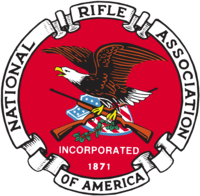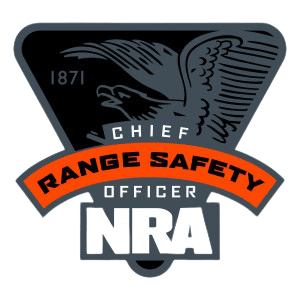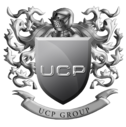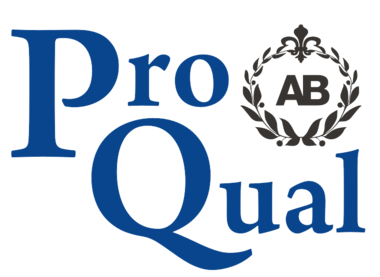ProQual Level 3 Certificate in Teaching, Training and Assessment
Introduction
Recognition of Prior Learning (RPL) could be used to meet evidence requirements if th evidence is current and valid (less than two years old.
Qualification Structure
L/507/5223 Principles of teaching, training and assessment
F/507/5221 Delivery of teaching, training and assessment
Assessment
Candidates must demonstrate the level of knowledge or competence described in the qualification. Assessment is the process of measuring a candidate’s skills, knowledge and understanding against the standards set in the qualification.
Evidence can include:
– assignments/projects/reports
– worksheets
– portfolio of evidence
– record of oral and/or written questioning
– candidate test papers
Learning outcomes set out what a candidate is expected to know, understand or be able to do.
Assessment criteria specify the standard a candidate must meet to show the learning outcome has been achieved.
Learning Outcomes and Assessment Criteria
Unit L/507/5223
Principles of teaching, learning and assessment, Level 3
Learning Outcome - The learner
will:
Assessment Criterion - The learner can:
1. Understand the principles of teaching and training
1.1 Identify different teaching and training methods
1.2 Explain the purpose for using different teaching and training methods
1.3 Explain the main features of the different teaching and training methods
1.4 Explain the benefits and limitations of the different teaching and training methods
1.5 Explain the factors which determine the choice of teaching and training method
2. Understand the principles of planning in teaching and training
2.1 Explain the importance of the training cycle when planning teaching and training
2.2 Explain factors to be considered when planning teaching and training
2.3 Identify the components of a teaching and training session plan
3 Understand how to evaluate teaching and training sessions
3.1 Identify factors that influence the implementation of a session plan
3.2 Explain why delivery of teaching and training must meet the needs of
– an individual
– a group
3.3 Explain the purpose of evaluating teaching and training
3.4 Explain the principles of evaluating teaching and training
3.5 Identify methods used for evaluating teaching and training
4 Understand the principles and requirements of assessment
4.1 Explain the function of assessment in learning and development
4.2 Define the key concepts and principles of assessment
4.3 Explain the responsibilities of the assessor
5. Understand different types of assessment method
5.1 Compare the strengths and limitations of a range of assessment methods
6 Understand how to plan assessment
6.1 Summarise key factors to consider when planning assessment
6.2 Evaluate the benefits of using a holistic approach to assessment
6.3 Explain how to plan a holistic approach to assessment
6.4 Summarise the types of risks that may be involved in assessment
6.5 Explain how to minimise risks through the planning process
7. Understand how to make ssessment decisions
7.1 Explain how to judge whether evidence is sufficient, authentic and current
7.2 Explain how to ensure that assessment decisions are made against specified criteria, valid, reliable and fair
8. Understand quality assurance of the assessment process
8.1 Evaluate the importance of quality assurance in the assessment process
8.2 Summarise quality assurance procedures, including the procedure to follow when there are disputes concerning assessment decisions
Unit F/507/5221
Delivering teaching, training and assessment
Level 3
Learning Outcome - The learner
will:
Assessment Criterion - The learner can:
1. Be able to use different methods of teaching or training delivery to ensure learning
1.1 Select a method of delivery to meet the needs of the learner
1.2 Prepare resources and activities that support delivery of the learning
1.3 Create a learning environment that supports effective delivery of the learning
1.4 Deliver teaching and training sessions
1.5 Use effective communication in delivery of teaching and training sessions
2. Be able to evaluate the delivery of teaching and training sessions
2.1 Review the effectiveness of the method of delivery
2.2 Evaluate the contribution of resources in delivering the objectives of the learning
2.3 Analyse feedback from learners to inform future teaching and training sessions
2.4 Use review and feedback to plan adaptations to learning materials and activities
3. Be able to prepare the assessment of the outcome of teaching and training sessions
3.1 Select methods to assess skills, knowledge and achievement
3.2 Prepare resources for the assessment
3.3 Communicate the purpose, requirements and processes of assessment to the learner
4. Be able to carry out the assessment of skills, knowledge and achievement
4.1 Manage assessment to meet assessment requirements
4.2 Provide support to learners within agreed limitations
4.3 Analyse evidence of learner achievement
4.4 Make assessment decisions against specified criteria
4.5 Follow standardisation procedures
4.6 Provide feedback on assessment to learners
4.7 Maintain records of assessment
5. Maintain legal and good practice requirements when assessing skills, knowledge and understanding
5.1 Follow relevant policies, procedures and legislation relating to the assessment of skills, knowledge and understanding, including those for health, safety and welfare
5.2 Apply requirements for equality and diversity and, where appropriate, bilingualism
5.3 Evaluate own work in carry out assessments of skills, knowledge and understanding
5.4 Undertake continuous professional development to ensure current expertise and competence in assessing skills, knowledge and understanding
Ofqual Qualification Number
601/6821/3
Level
3
Total Qualification Time
90 hours













